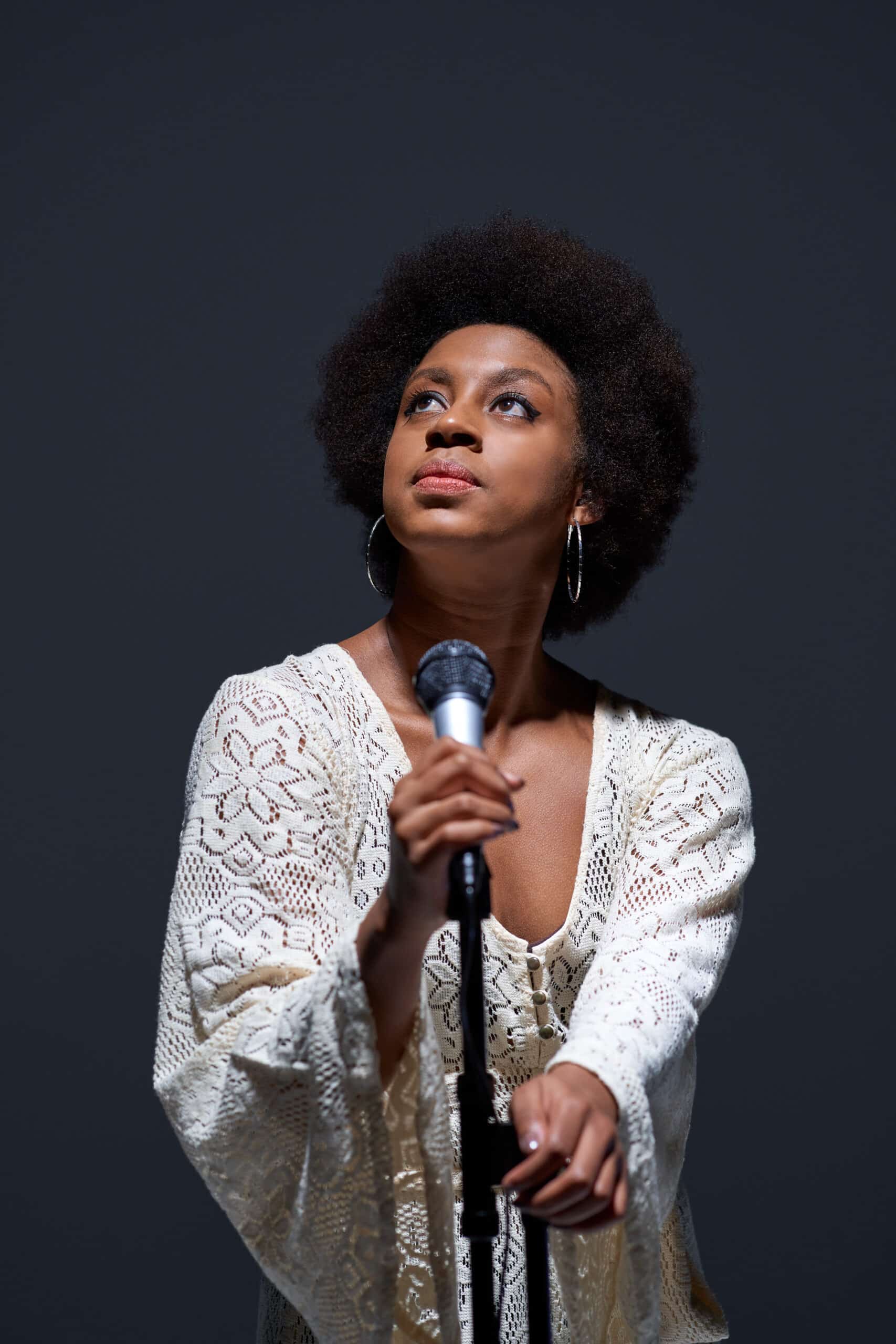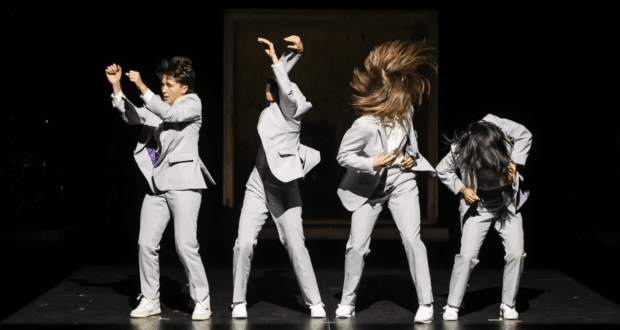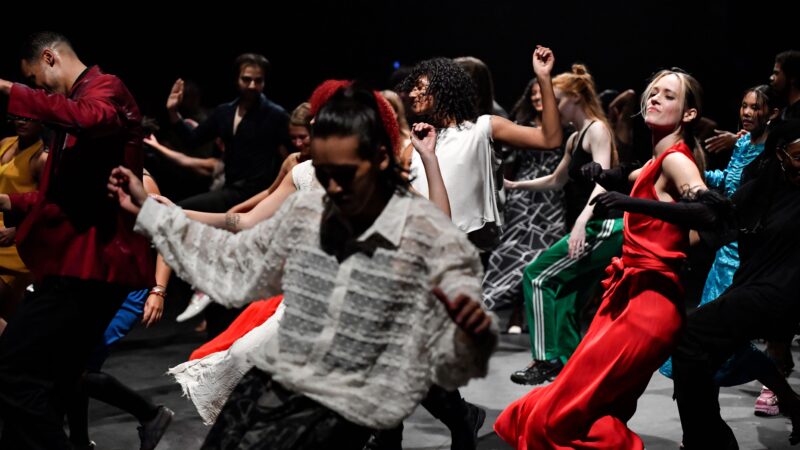Barbican, Ballet Black
Cassa Pancho does it again. Pulling intellectually stimulating, and eye-wateringly beautiful ballet out of the proverbial hat. Even if the evening is a little one-sided, I ask, what have we done to deserve it?
Ballet Black returns in all their glory. A double bill, something old and something new as it were….with just a dash of something blue(s). William Tuckett’s covid thwarted 2020 ballet Then or Now is resurrected and kicks things off. After a buzzing interval filled with the clatter of praise, the Barbican vibrates with the echoing majesty of Nina Simone in Mthuthuzeli November’s ballet biopic.
Nina: By Whatever Means bucks a personal trend for me. Having sat through narrative ballets like Jane Eyre or Don Quixote I mentally chaff as the choreography is roughly shoved into the set storylines of a written text. However, November’s love letter to the queen of soul has none of this bonsai stunting, only heart and a clear concept of physicalizing an extraordinary life.
We get Simone’s passion to become a classical pianist and her moulding in her local church. The racism that closed the doors of the classical world and her struggles with fame, injustice, her second abusive marriage, and her involvement as one of the voices of the civil rights movement.
Nothing is overly dialogue-driven, but again November’s choreography isn’t too abstract. The gospel scenes in church with Sunday hats, and fluttering fans are a vibrant highlight. Explosions of relevés and pas de chat seem a logical step (or leap in this case). Equally the boozey dimmed domestic scenes between Simone and her husband Andrew Stroud have the heart-breaking beauty and crunch of abuse. We understand the scene, her rage, and the struggle instantly as Isabela Coracy playing Simone writhes on the carpeted floor. Yet a moment later rises leg extended in defiance.
Coracy embodies the stars’ fragility into strength throughout her life. Using stillness to great effect she stands, afro backlighted, white flowing dress, and “sings”. Jessica Cabassa’s costumes never impede movement but capture the racing years in a flash, and November’s sets are versatile. We race through her life with the needed speed to keep the second act at a doable length. But without missing out on the emotive moments needed to understand the woman behind the myth.
Narrative ballets may not always be my cup of tea but such personalised touches might make me change my mind. Mandisi Dyantyis’s music intersects with live recordings of Nina and uses the voices of not only the company but also the Zolani Youth choir (From a small township where November grew up). Touches like these pull the piece out of a dance history lesson (if only such a thing were a regular accordance) and into an exploration of the rippling effect music can have on a range of creatives.
So… it is hard to compare anything to Miss Simone, this is most likely why Then or Now was put first. Set to a spoken score of the luminous Adrienne Rich everything is stripped back. Simple black and grey stretch movement wear clothe the dancers, and cheap-looking white canteen chairs are the only set. Daniel Pioro’s pre-recording of Heinrich Ignaz Franz von Biber’s Passacaglia for violin slipping and sliding in the background.
The pre-recorded nature of both the poetry and violin creates a flat feeling. An on-stage voice actor or violinist (or both, why not?) would have been a much-needed improvement. Although Tuckett’s choreography is varied, and the dancers glisten with effort after the repeated soaring lifts the effect is jumbled. We the audience are pulled between Rich’s blistering Dark Fields of the Republic poetry, the flicking legs of the dancers, and the repeated G, F, E flat, and D of the nomadic violin. The piece has too many creative stones in its pockets and rather sinks as a result.
November describes in the program Nina’s struggles for a classical career linking it to Ballet Black’s own battle with the prejudiced dance world “But the doors haven’t been wide open yet. But we must continue anyways, as we should”. Both pieces are a triumphant continuing of that work, an important extra kick at the doors of convention in ballet, poetry, and classical music. This celebration of Blackness and all its beauty is the soaring slipstream of change, one Simone’s talent helped vocalise in 1950/60, one that is still roaring onwards in 2023.
Never miss another exciting show, click here!



